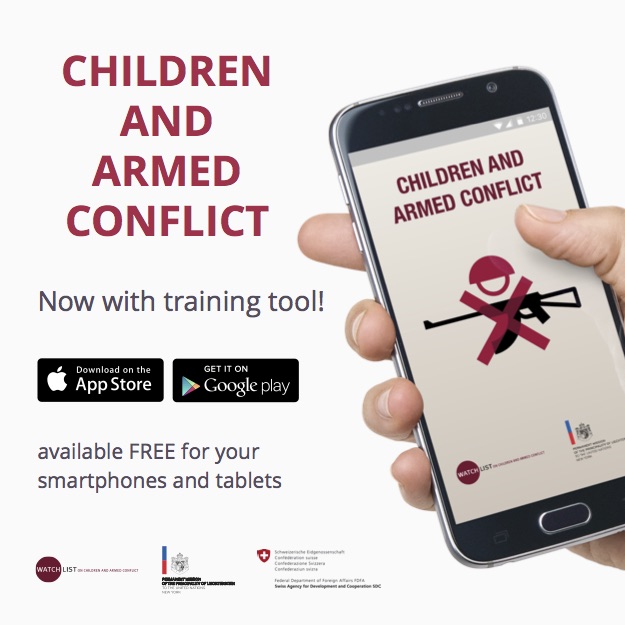March 2022 – Handover protocols are agreements by governments or armed groups to swiftly transfer children allegedly associated with armed forces and armed groups (CAAFAG) in their custody, or whom they have encountered, to child protection actors for appropriate support services, including, but not limited to, reintegration assistance. Handover protocols are an explicit recognition by states and, at times, armed groups, that CAAFAG are first and foremost victims of grave violations of international human rights and humanitarian law. They offer CAAFAG a safe avenue to leave armed forces and armed groups and receive the care, protection, and reintegration support they need. As a practical matter, handover protocols also systematize and standardize the process of transfer of CAAFAG, as well as strengthen coordination and cooperation between security, civilian, and child protection actors, particularly during security operations. They are an especially useful tool for promoting the release of CAAFAG in detention.
A joint endeavor of Watchlist on Children and Armed Conflict, the Alliance for Child Protection in Humanitarian Action, and its Children Associated with Armed Forces and Armed Groups Task Force (CAAFAG TF), the operational guidance aims to support the signing and implementation of handover protocols. It provides child protection actors with good practices, lessons learned, and other useful information on previous and ongoing negotiations and implementation processes in various countries. It seeks to support child protection actors to initiate and strategically navigate handover protocol negotiations, to promote the release of CAAFAG in detention and improve standards for their prosecution, to strengthen the implementation of handover agreements, and to safeguard children at every stage of handover.
Read the Operational Guidance on Negotiating and Implementing Handover Protocols.
In October 2022, the Operational Guidance on Negotiating and Implementing Handover Protocols was translated into Arabic and French.




